How is coastal erosion impacting life in San Diego? – NBC 7 San Diego

NBC 7 explores coastal erosion and the threat to people, property & infrastructure along San Diego’s coastline.
What Causes Sea Level Rise? – NASA Space Place
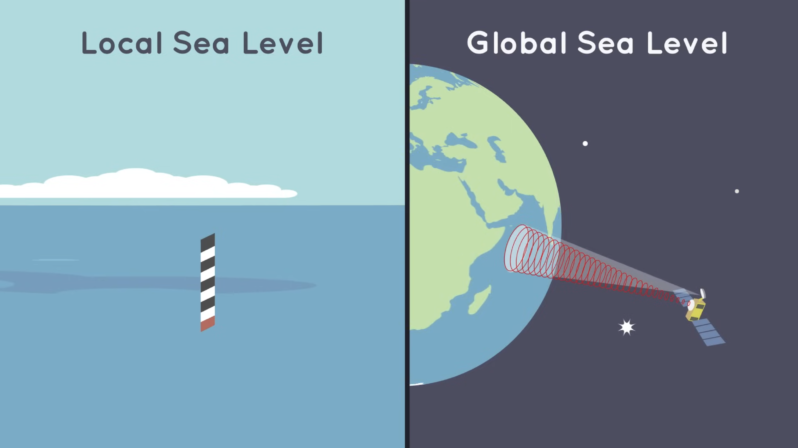
People have been measuring local sea level at certain locations along the coasts for hundreds of years. And NASA has been measuring the global sea level for almost three decades. Over this time, scientists have observed that the global sea level has been rising. The ocean is about 7 to 8 inches higher now than it was a century ago. Why? Because Earth is getting warmer…
Where Seas are Rising at Alarming Speed – the Washington Post
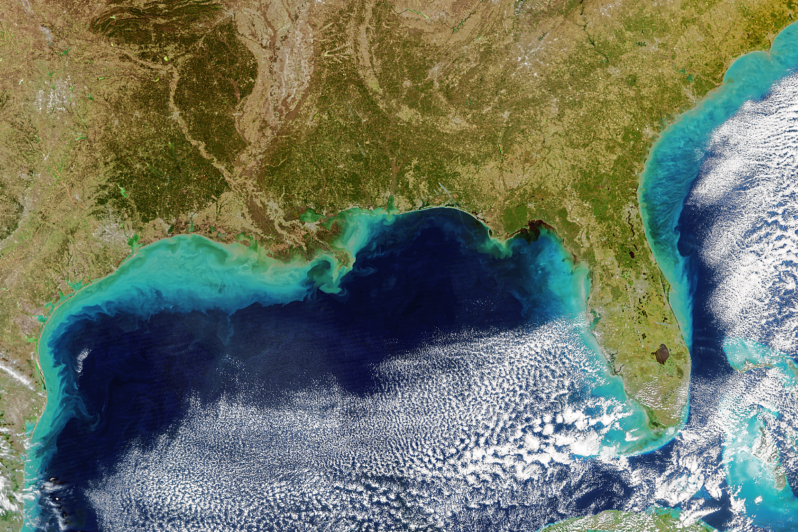
One of the most rapid sea level surges on Earth is besieging the American South, forcing a reckoning for coastal communities across eight U.S. states…At more than a dozen tide gauges spanning from Texas to North Carolina, sea levels are at least 6 inches higher than they were in 2010 — a change similar to what occurred over the previous five decades…
Why Highway 1 is the climate challenge that California can’t fix – the Washington Times
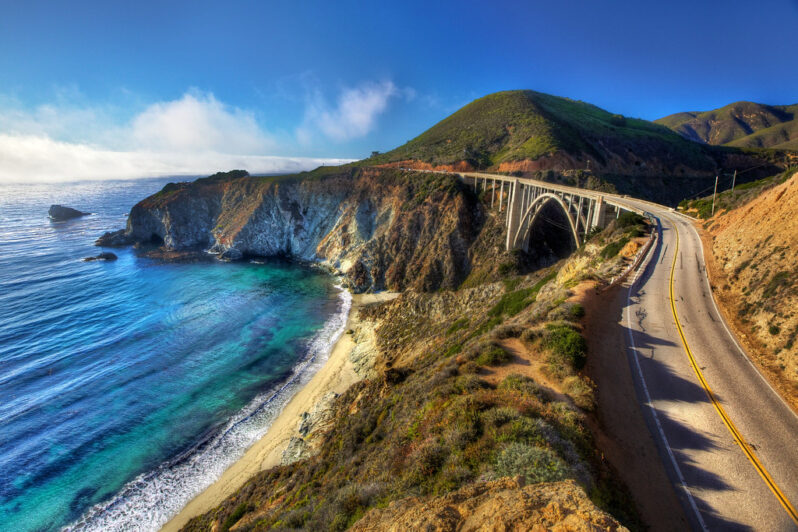
It is beloved by Big Sur road trippers and is vital for local businesses. But intense storms, slides and fires imperil this highway. What does the future hold?
Long Story Shorts: What Are Hybrid Species? – Hakai Institute
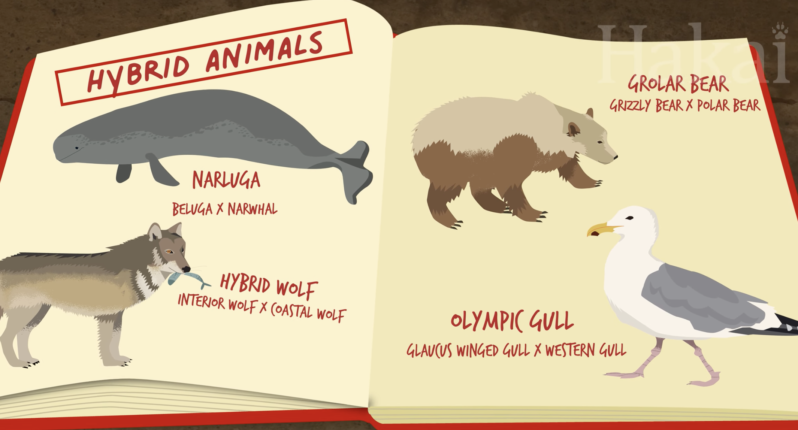
“While tales of centaurs, minotaurs, and other mythical hybrid animals have captured the human imagination for centuries, our planet harbors its own collection of extraordinary beings that blur the lines between species. Journey with us as we explore the wonderful world of real-life hybrid animals….”
Climate change is rewiring fish brains — and probably ours, too – Grist Magazine

Acidifying oceans are leading to sensory loss in fish. Scientists fear people might be next…
Hundreds of thousands of peculiar sea creatures wash up on California beaches – SFGate

By-the-wind sailors are an early sign of spring…
Hurricane Idalia shows nature may provide the best shoreline protection – NPR
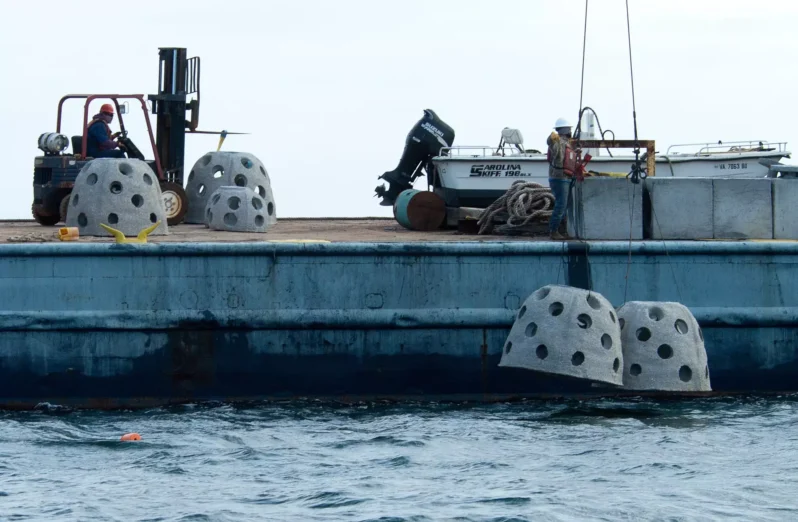
When Hurricane Idalia slammed into Florida’s Gulf Coast in August (2023), one of the hardest hit areas was Cedar Key. A nearly 7-foot storm surge battered the small fishing community…(NOAA) says Idalia caused an estimated $3.6 billion in damage…But on Cedar Key, when the water receded, scientists found some good news amid all the damage. Nature-based “living shoreline” projects built to protect roads, buildings and other structures were relatively undamaged…
The Marshall Islands Aren’t Giving In to Sea Level Rise – Hakai Magazine
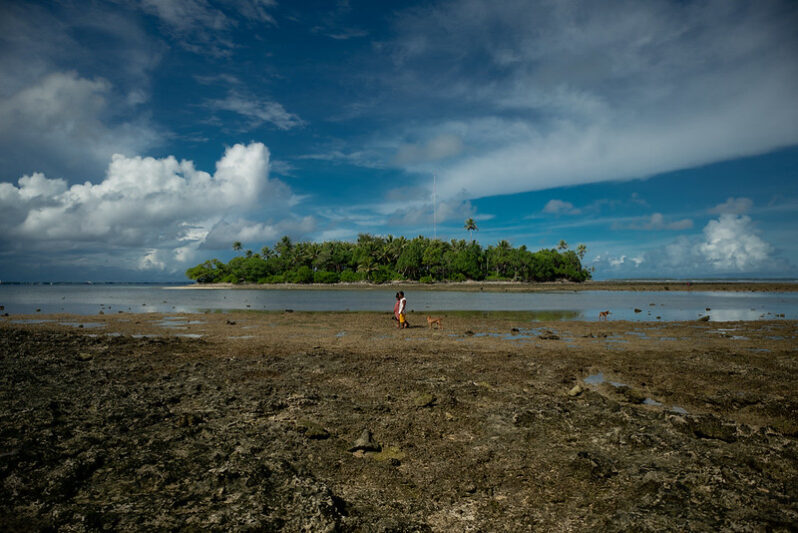
The precariously placed island nation has put together a comprehensive—if expensive—plan to survive sea level rise…
